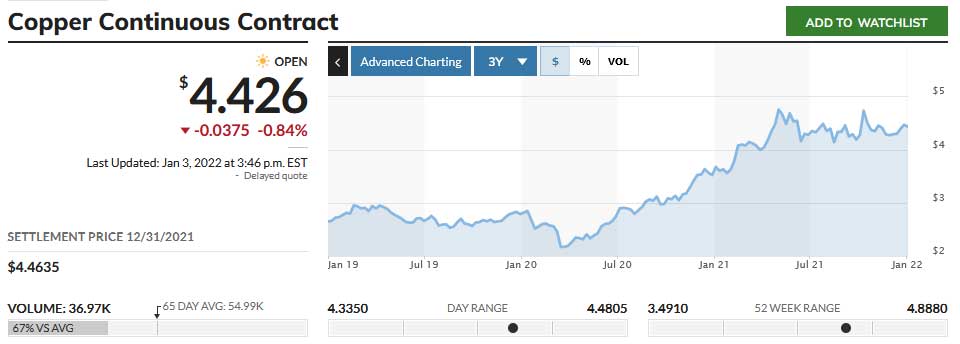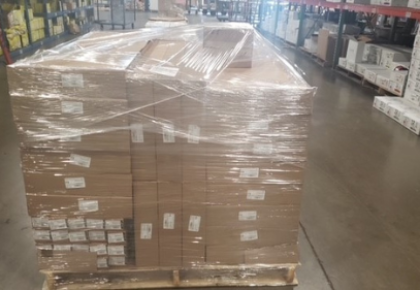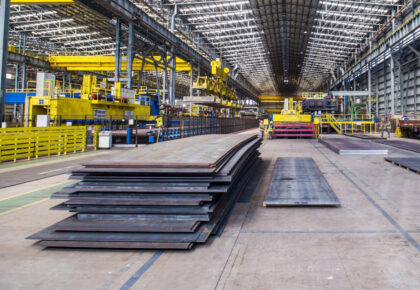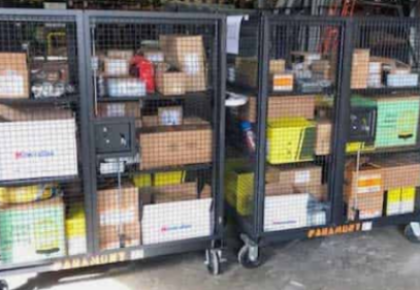The Electrical Supply Chain
By Kevin Reed, Director of Purchasing, Analytics & Strategic Growth Opportunities
In 2021 the Struggle Was Real
To say 2021 was a challenging year, would be an understatement. We witnessed a dizzying array of unprecedented electrical supply chain disruptions from manufacturing shutdowns and slowdowns to Port and Border closures. The result was that sourcing of many materials became at best expensive and time-consuming, and at worst, sometimes simply impossible. With US Ports and Railyards bursting at the seams, and transportation delays the new normal, some manufacturers simply stopped making certain products due to material shortages. A few lines were forced into allocations, meaning we could only buy a finite amount of certain goods, and those goods kept going up in price, nearly every few weeks at some points.
Electrical Supplies Most Impacted by Covid-19
Electrical construction materials include electrical supplies such as wire/cable, conduit, pvc, electric light fixtures, light bulbs and other electrical power equipment, such as switchboards, circuit breakers and fuses. These materials were all impacted by the Covid-19 Pandemic, but some were affected much more profoundly than others. Segments such as light fixtures (which rely heavily on materials manufactured in China) were the first to feel the effects of manufacturing shut downs, but the products made mostly of metals felt the greatest impact of the supply chain breakdown.
The Steady Climb of Copper
One of the most in-demand electrical supply materials in our industry is Copper. Commonly used in wire and cable, it hit an all-time high price in 2021, and remains strong as of now. With potential copper shortages, and new taxes on the mining industry in South America, many are predicting that it will push even higher in 2022. Two years ago, a pound of copper could be had for as little as $2.15. That same pound costs nearly $4.50 today. Finished cable has more than doubled in cost for the raw material alone. The resins for the plastic jacket on some cable has gone up 500%. The cost of transportation has nearly doubled. And the lead time for finished products has gone from a few days to a few weeks in some instances.
The Steel Pricing Spike
In the electrical supply industry, and especially in our market, in addition to copper, we also rely heavily on steel-based goods. Steel has also set record highs recently. Two years ago, a ton of Cold Rolled Coiled Steel in the US cost around $800. Now, that same ton is nearly $2,300. That has nearly tripled in price, just for the metal alone. Factor in a higher cost of production and slowdowns in manufacturing due to COVID and COVID protocols, and not only are we seeing a much, much higher price for finished steel goods, but the delivery times of finished product has greatly increased as well.
 As if the Copper and Steel price increases weren’t wreaking enough havoc on the market, even collateral metals, such as Aluminum and Die-Cast, reached records highs in the past year. This put further strain on supplier and consumer budgets. The combined effect of the soaring costs of metals led to record high pricing for finished goods in nearly every category we sell.
As if the Copper and Steel price increases weren’t wreaking enough havoc on the market, even collateral metals, such as Aluminum and Die-Cast, reached records highs in the past year. This put further strain on supplier and consumer budgets. The combined effect of the soaring costs of metals led to record high pricing for finished goods in nearly every category we sell.
Many experts are predicting more increases in electrical supplies well into 2022, and possibly beyond. As of now, nearly all forecasting apparently shows that containers of goods from overseas will still be slow to process; base metals will still be at, near or even exceed their recent all-time highs; and product availability will continue to be an issue in the coming months.
While the adage “What goes up must surely come down” normally holds true, no one can say for sure what the future will hold or how long it will take for our market to stabilize.











